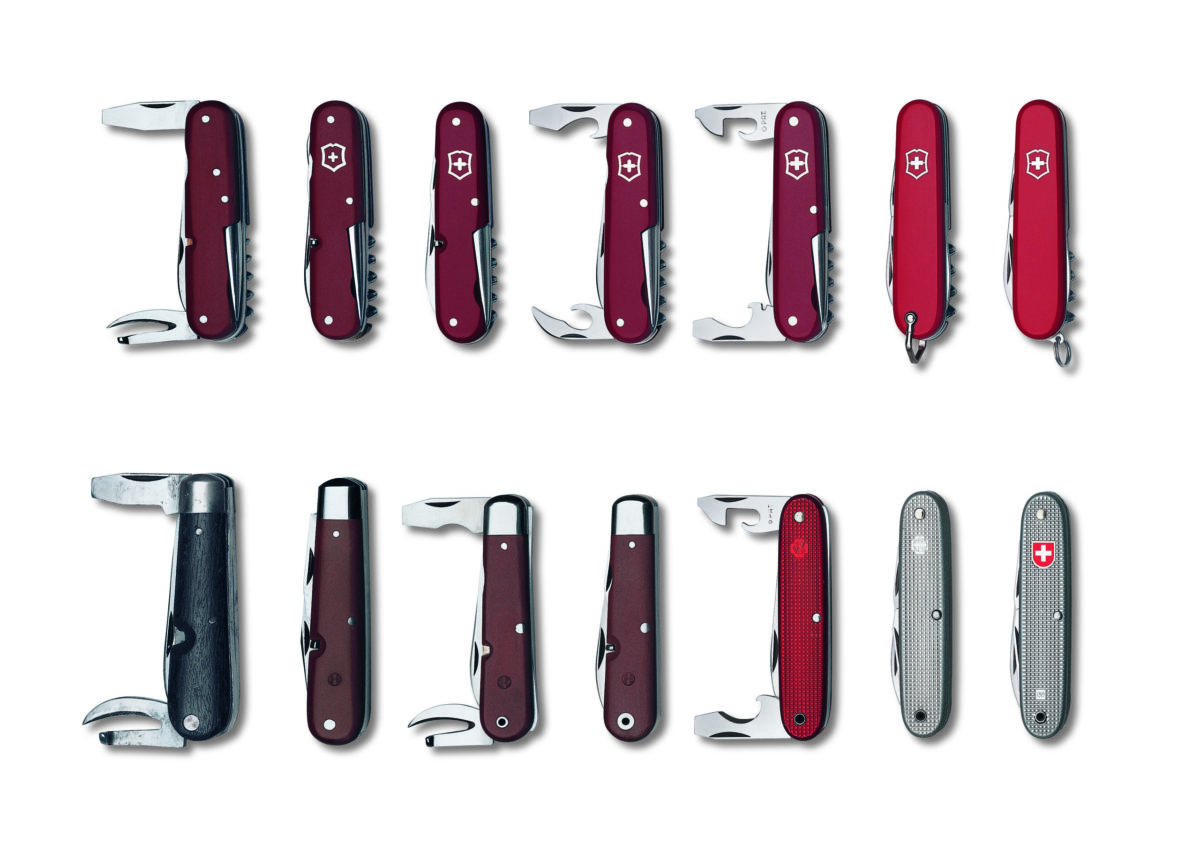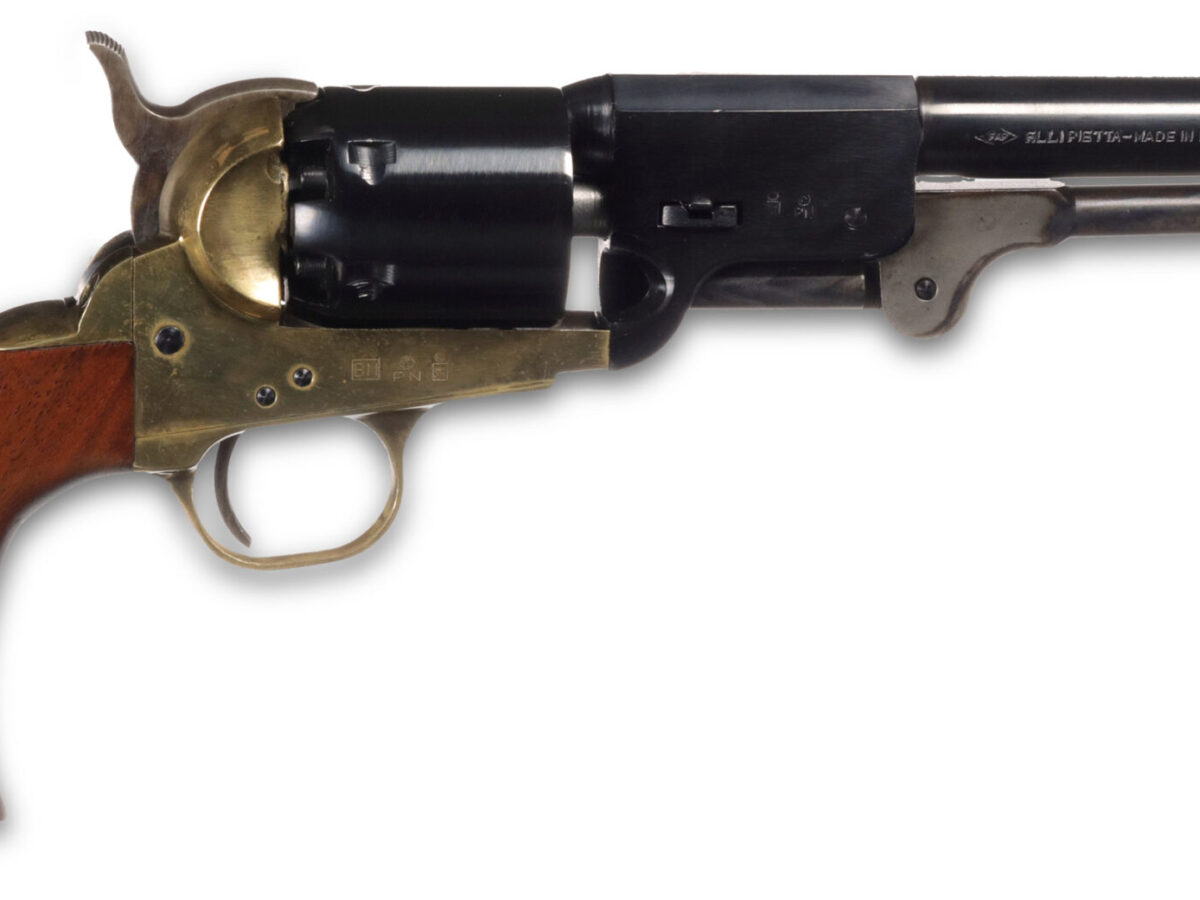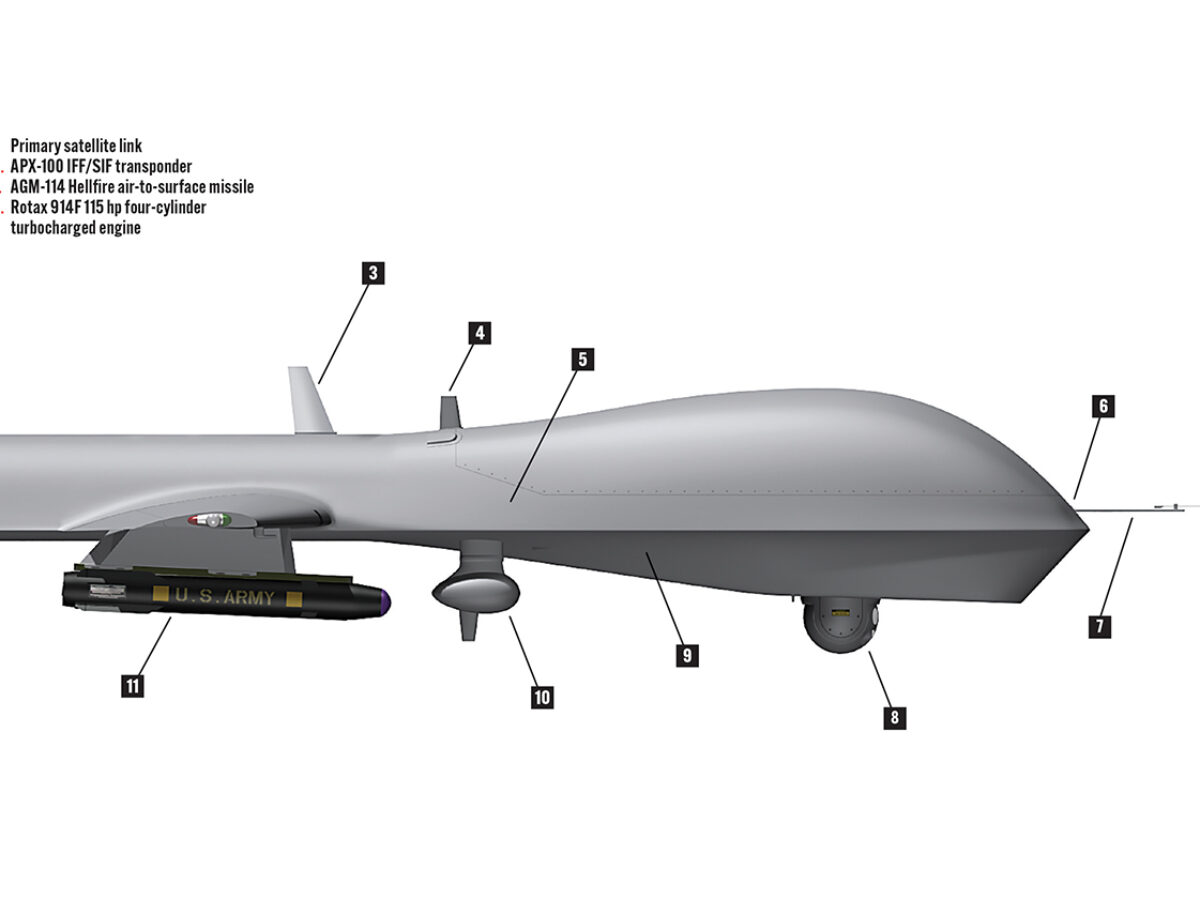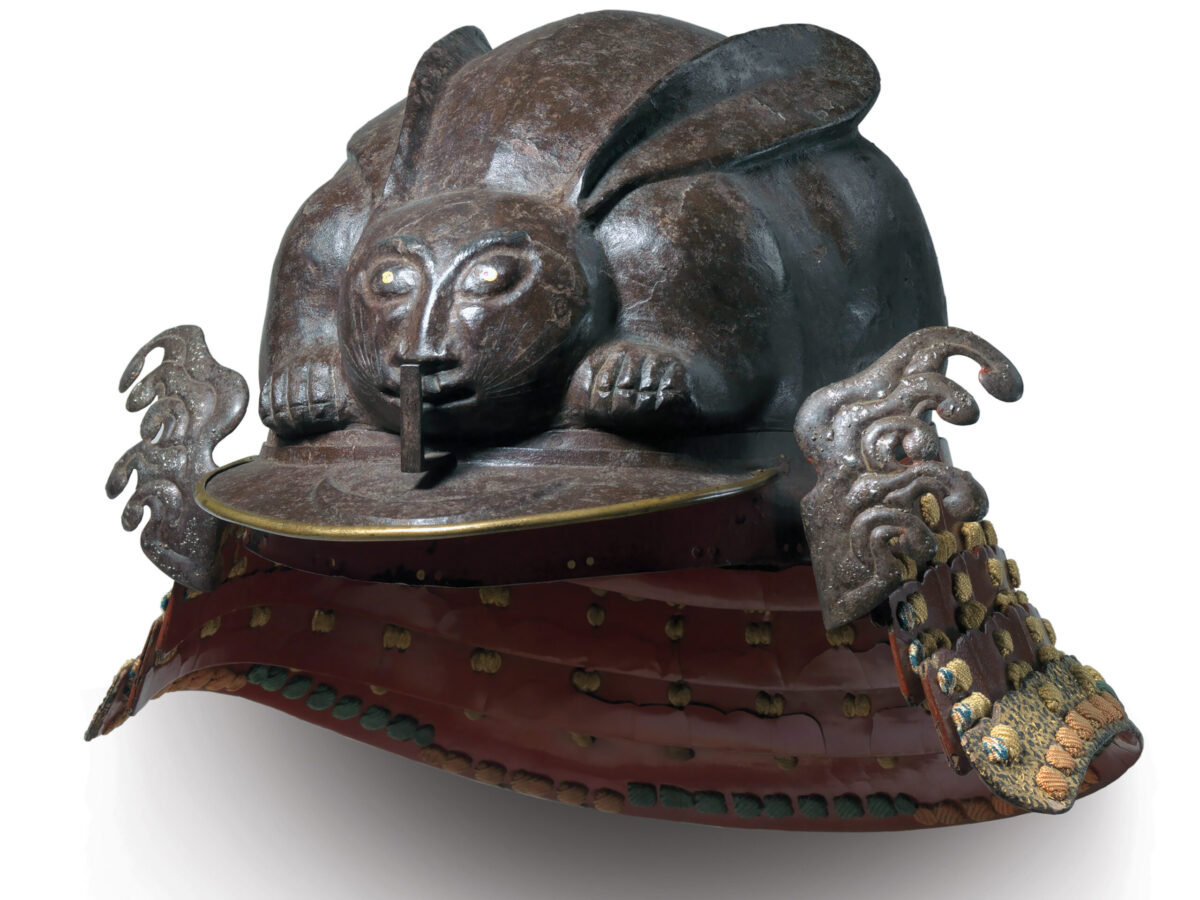In more than 20 years of service in the Army National Guard, your humble scribe came into contact with all manner of weapons and equipment. In all that time, though, the item that came into play most often, for one purpose or another, was not issued but something I’d bought at the post exchange: a Swiss Army knife.
I was hardly the only one. There was always cutting, carving, cleaning, screwing, unscrewing, punching, opening and all manner else to be done, and, more often than one could count, that pocket knife was the handiest gadget within reach to get the job done on the spot.
It has been 125 years since Karl Elsener had the Officers’ and Sports Knife patented, and although the main manufacturer, Victorinox Société Anonyme, has expanded its line of cutlery and tools to about 400, the original has not changed much — and is still a bestseller.
GET HISTORY’S GREATEST TALES—RIGHT IN YOUR INBOX
Subscribe to our HistoryNet Now! newsletter for the best of the past, delivered every Monday and Thursday.
Why Do Swiss Army Knives Have Corkscrews?
Elsener founded Victorinox AG in Ibach, Canton Schwyz in 1884, as a manufacturer of knives and surgical equipment. That output began to expand in 1891, with an advance in Swiss infantry weaponry. In 1890, the Schmidt-Rubin Model 1889 rifle began replacing the Vetterli Model 1869/71. The Swiss army issued a screwdriver with each Vetterli, but with the introduction of the new weapon, the War Technical Department decided to make a multifunction pocket knife standard, not only with blades and screwdrivers for cleaning and maintenance of the rifle but an awl for punching holes in leather and a device for opening the increasingly popular canned rations. Up to that time, Swiss soldiers carried their own knives and tools, but now the Swiss Army wanted them to carry an all-purpose tool built to a uniform standard.
The first knives to combine these tools were robust but heavy. By 1891, however, Elsener had developed a lighter and more compact multitool. With aluminum separators between blades and tools of martensitic stainless steel alloy, it was also rust-resistant.
In 1897, Elsener added a second, smaller knife blade and a corkscrew to a version originally slated for army officers and for civilian customers. The latter feature, contrary to some wry claims, was not exclusively for opening wine bottles but for opening the then-widespread corked bottles of personal hygiene items, medicines and other liquids. It was the patenting of this “officers’ and sports knife” on June 12 that established Victorinox as a maker of multitools.
Is the Swiss Army Knife Really Swiss?
Before then, however, there was a question of just how Swiss the Swiss knife would be. The Swiss Federal War Material Administration had had good relations with Germany’s centuries-old Solingen blade makers, which produced the first multi-knives. In 1890, however, there were job shortages throughout rural Switzerland, and the government eyed the new knife as a vital subject for national manufacture. On the other hand, the army was obliged by law to contract its equipment to the least expensive supplier, all else being equal.
For that purpose, the Swiss Association of Master Cutlers was founded in order to negotiate more favorable prices than Solingen’s bladesmiths while meeting the army’s requirements. Karl Elsener was among the association’s founders and a leading mediator in securing orders — and jobs — in Swiss factories. In the end, Victorinox and other Swiss contractors, working to the same specifications as their German counterparts, produced multitools of virtually the same quality.
Recommended for you
When did the Swiss Army Knife become Famous?
Until World War II, the multibladed pocket knife was most widely known in military circles as the Offiziersmesser, or “officer’s knife.” In World War II, however, American troops stationed in France began noticing and purchasing the handy little red knives in officers’ post exchanges, and soon they were spreading the word about the “Swiss Army knife.” With the ensuing exponential rise in sales, the Swiss were of no mind to correct them and so, military or civilian, the Swiss Army knife they all became.
The knife became the center of fierce competition between Victorinox and another manufacturer, Wenger Sociéété Anonyme of Delémont, Jura Canton. The knives themselves were, of course, of similar quality, but while Victorinox stood by its product with a two-year warranty, Wenger did so for three years.
The terrorist attacks of Sept. 11, 2001 produced a variety of directly and indirectly related crises, one of which was tighter travel restrictions that prohibited potential weapons aboard airliners. That in turn caused a radical reduction in Swiss Army knife sales in duty-free shops. Wenger faced such financial difficulties that Victorinox took it over in 2005, a merger that kept both companies afloat long enough to recover.
Swiss Army Knife records
Since then, the Swiss Army knife continues under both trademarks. As of 2007, sales of the original passed 500 million in 120 countries. Victorinox produces different “complete” all-purpose tools for different requirements, such as hunting, fishermen, cyclists, campers, etc. In 1984 it boasted a provisional high point with the SwissChamp, with 33 tools. Knives of the XL series (XLT, XXL, XXLT and XAVT), packing more tools into their wide handles, are aimed more at collectors than the average user (they are not exactly what one would call “handy”). Outdoing them all, in 2007, Wenger produced the 16999 Giant, an ultimate multitool incorporating 87 tools and 141 functions, to capture a mark set by Guinness World Records.
In 1975, a Swiss Army knife set an altitude for usefulness when British mountaineer Chris Bonington, climbing up the southwest face of Mount Everest, used his to operate the oxygen system. But the knife has actually climbed even higher: Since 1978, Victorinox has been going where no pocket knife has gone before, as the National Aeronautics and Space Administration issues a Master Craftsman to each astronaut it shoots into space. As on Earth, it is meant as a fallback in situations in which a specific NASA tool may not be readily available or not working as intended. The knives must be returned to NASA after returning to terra firma. Canadian astronaut Chris Hadfield mentioned in his book “An Astronaut’s Guide to Life on Earth” how he used his Swiss Army knife to dock the space shuttle Atlantis to the Russian Mir space station, bestowing on it the ultimate endorsement: “Never leave the planet without one.”
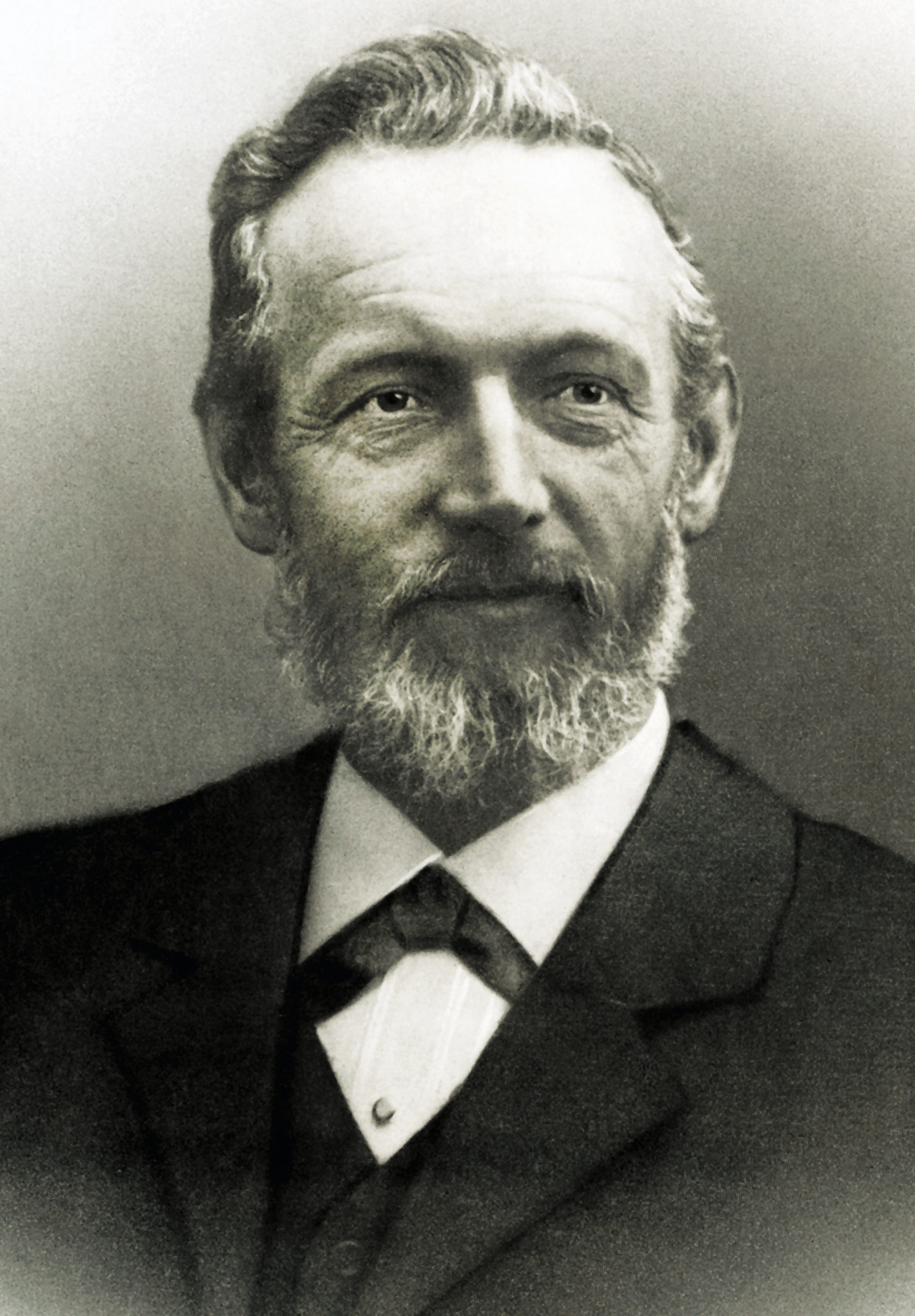
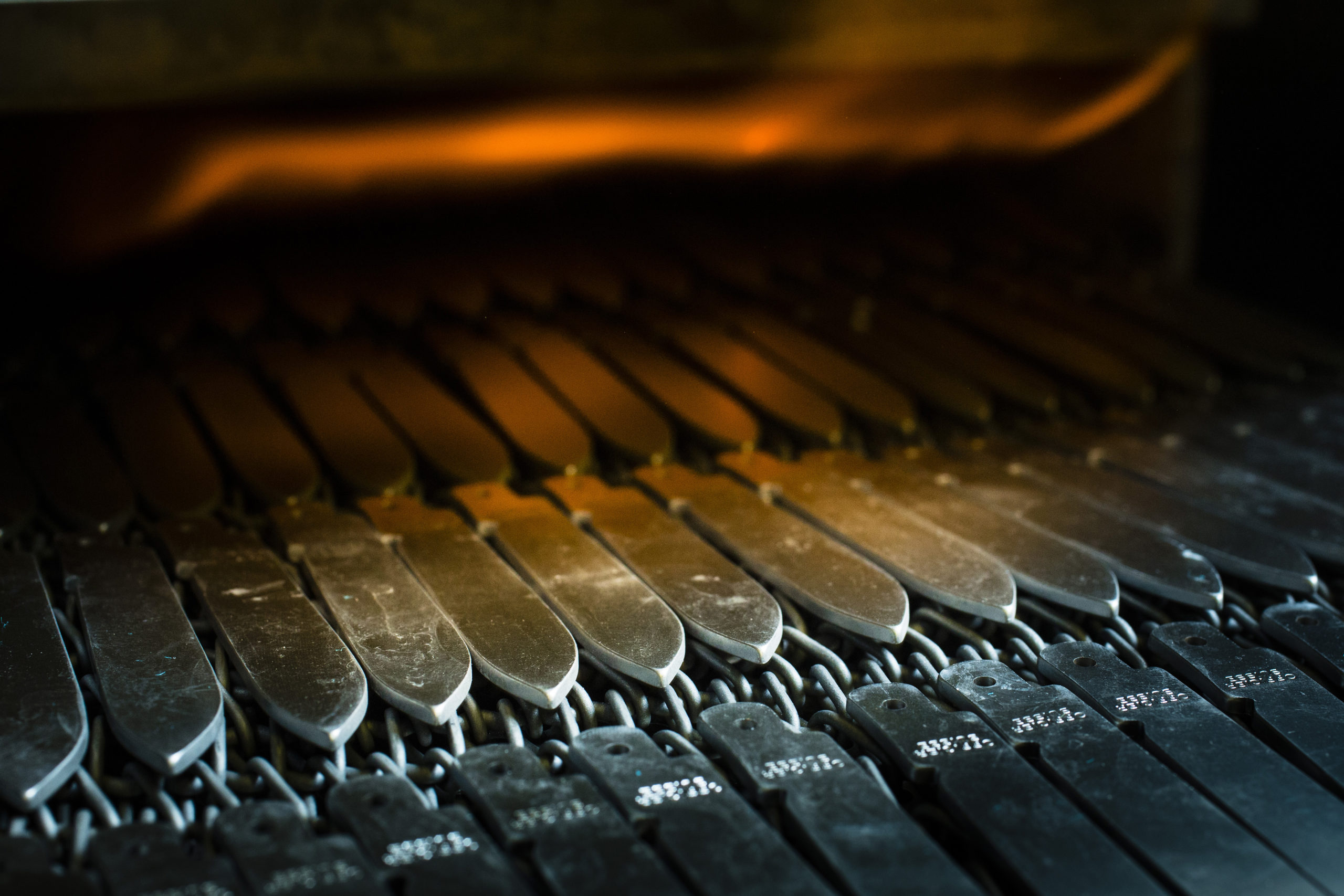
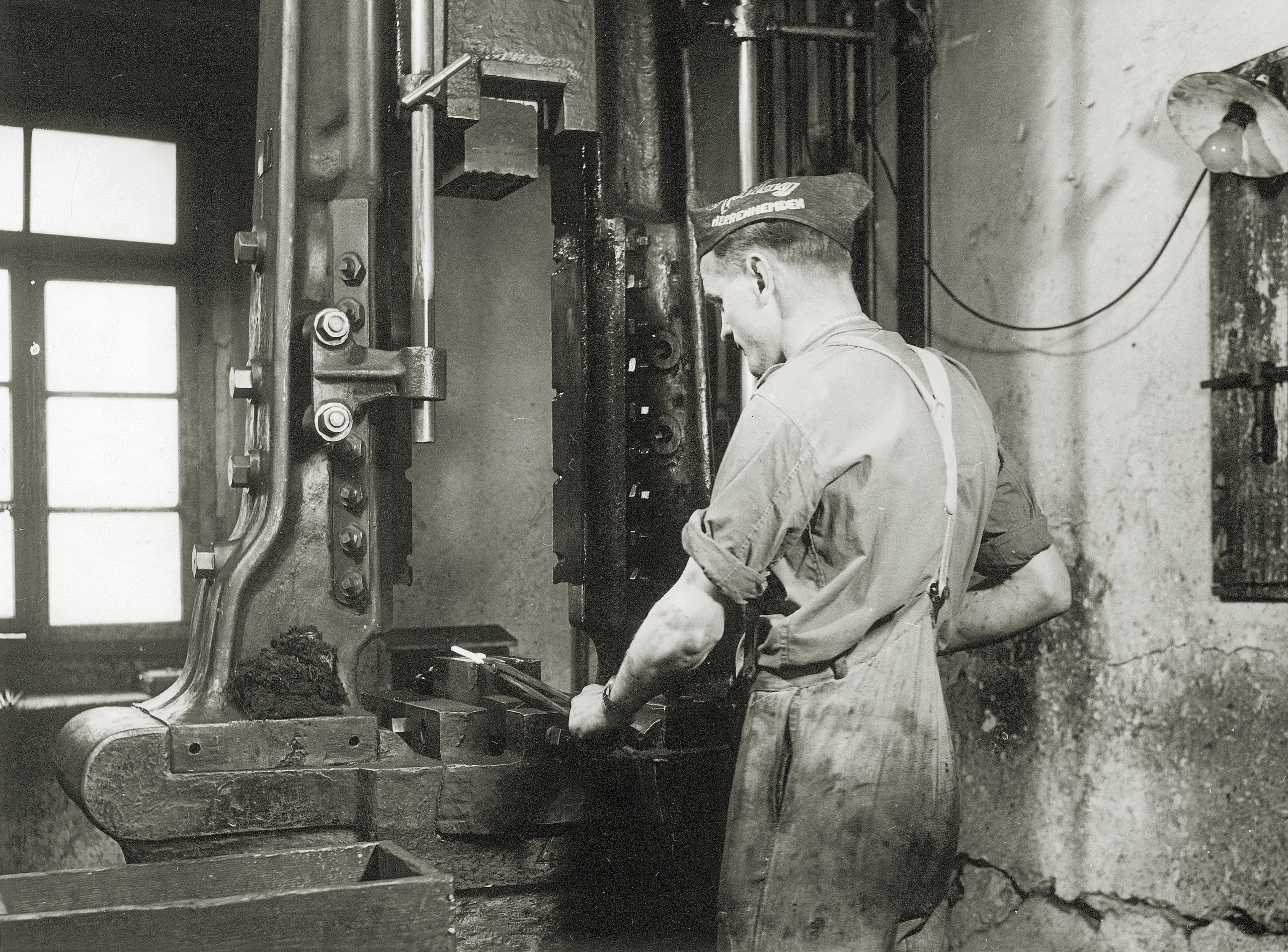
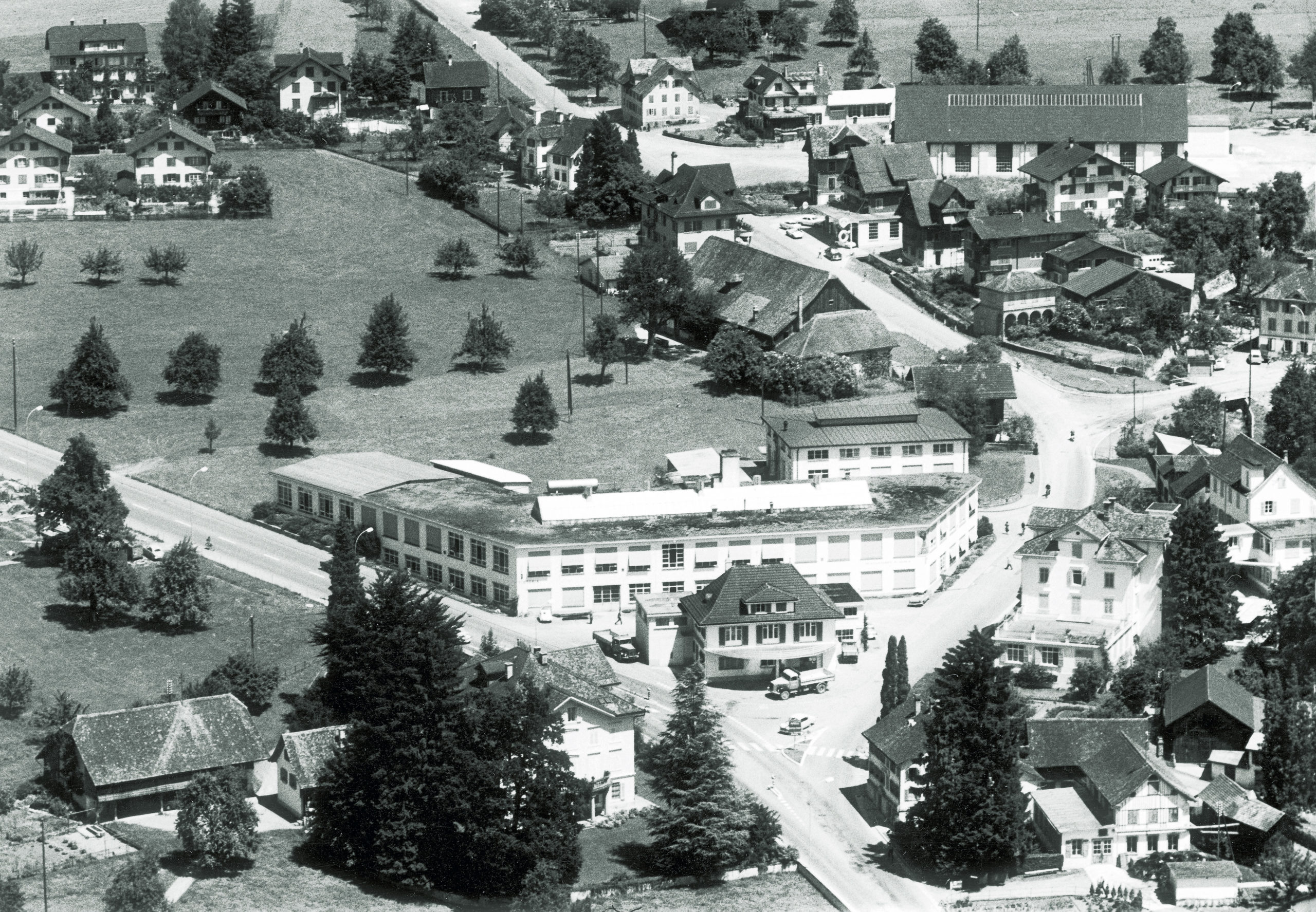
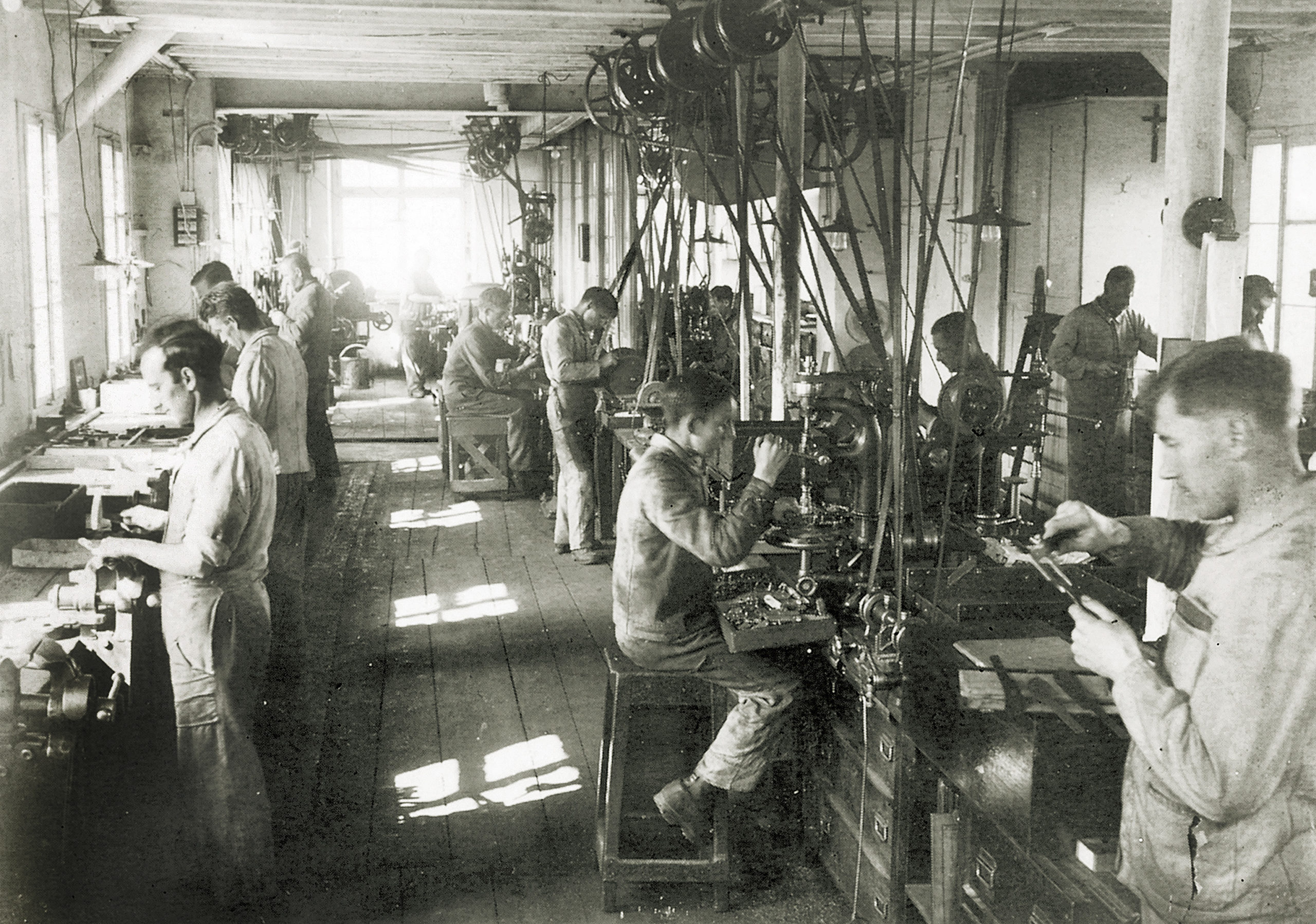
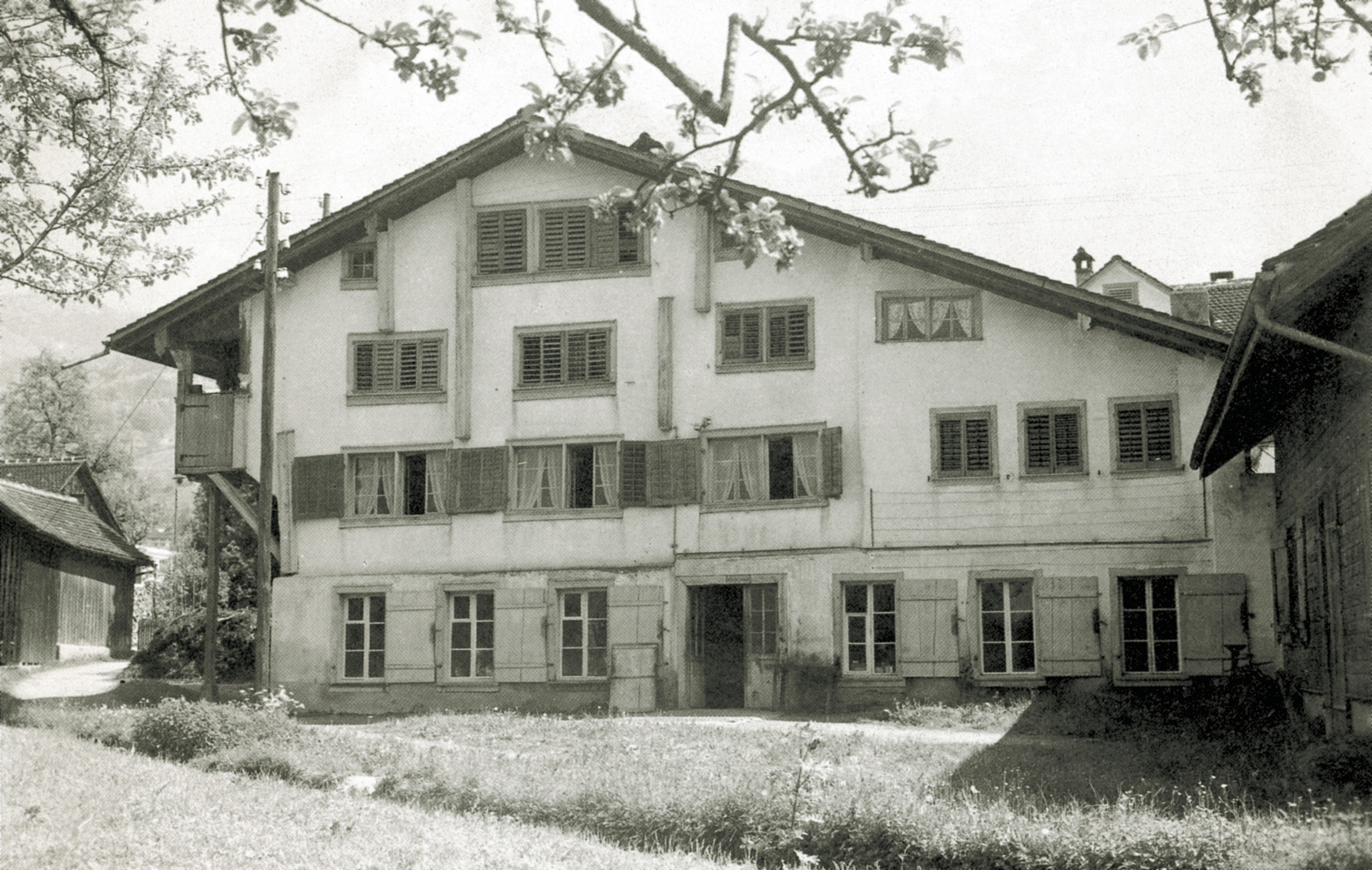
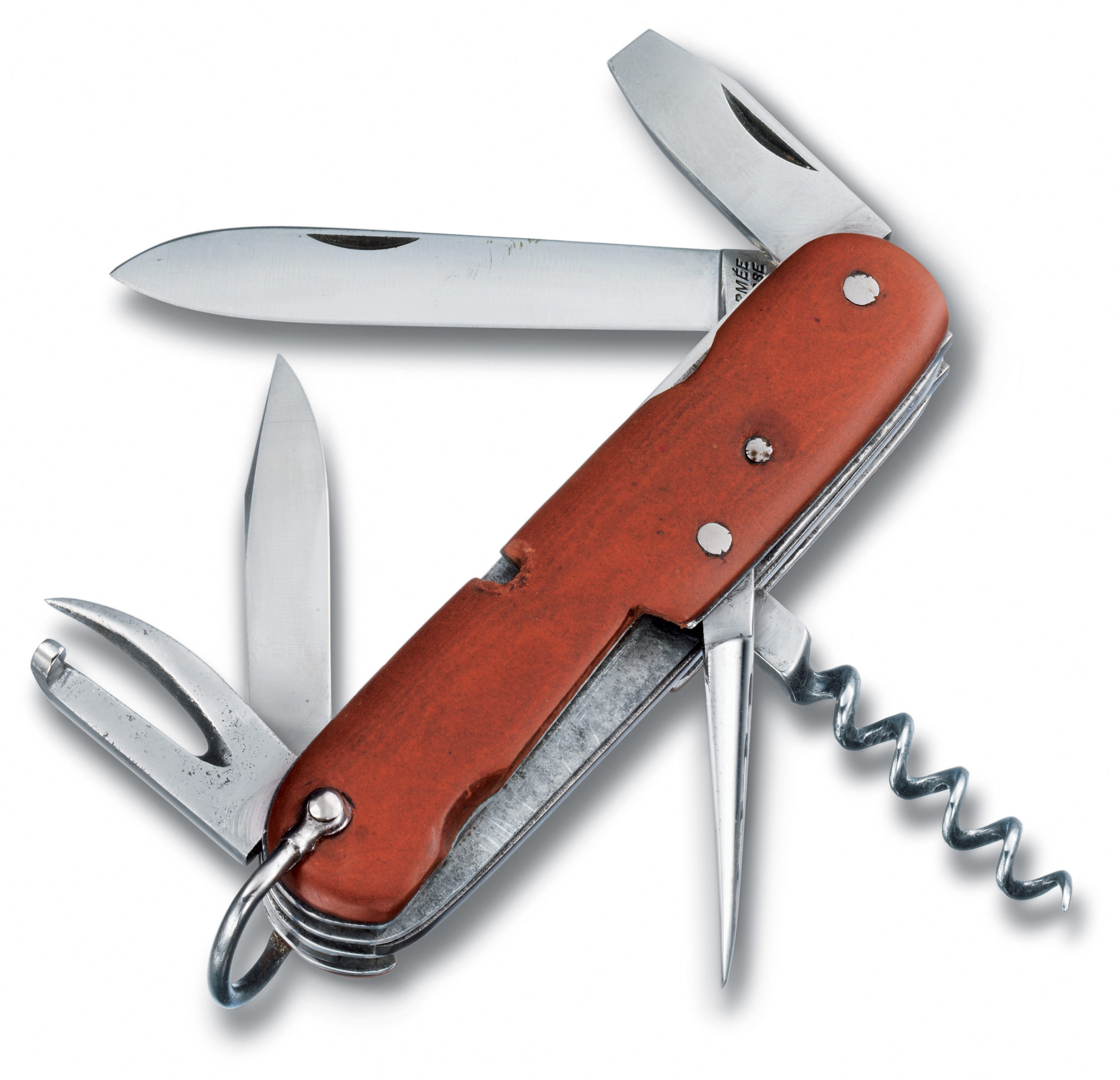
historynet magazines
Our 9 best-selling history titles feature in-depth storytelling and iconic imagery to engage and inform on the people, the wars, and the events that shaped America and the world.


